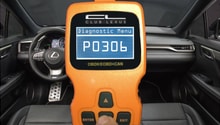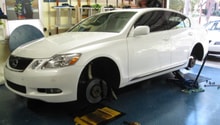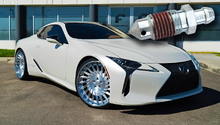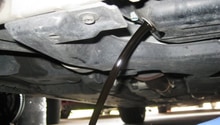Lexus RX: Buying Guide and Common Problems
There are many things to consider when buying or selling your Lexus RX. Use this guide to make purchasing or selling more comfortable for you.
This article applies to the Lexus RX (2005-2013).
Lexus introduced the Camry-based RX 300 crossover in March of 1998. A second generation RX 330 arrived in 2003, and the current third generation was introduced in February 2009 as a 2010 model. The signature spindle grille arrived in May of 2012.
In 2005, the Lexus 400h came along as a 2006 model and the 2010 450h debuted in July 2009. All RX continue on the Camry platform and recent changes included the addition of an F SPORT model, remote touch interface for the navigation system, and improved navigation with better voice recognition (Lexus Enform).
When searching for potential RX problems, keep in mind that the folks who love the car—or hate it—always air their grievances or praises. Digging into complaints is your duty as a buyer, but here are some tips to start your journey. Read on to learn what you should check for, where it is and what it means.
Engine
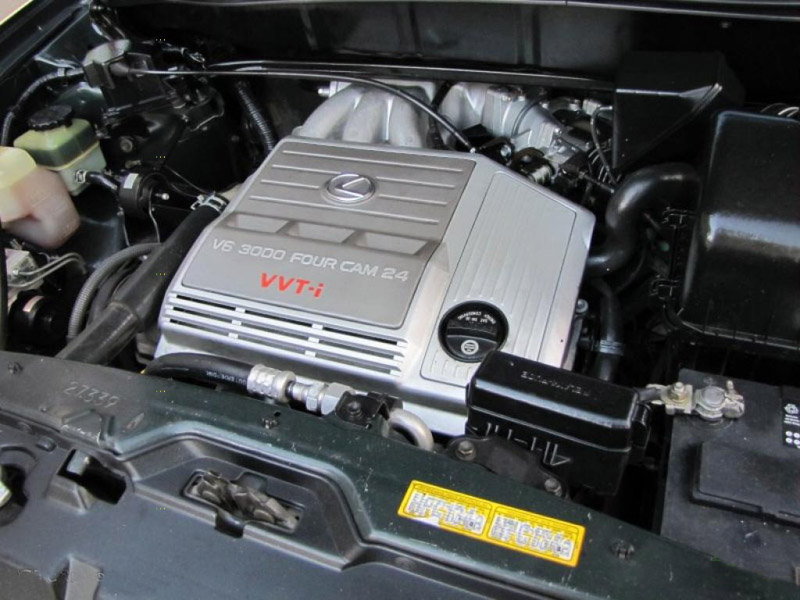
If the engine goes bad, you’re stuck unless you are able to afford a rebuild. Fortunately, there are few reported engine failures. As with any RX, most engine-specific problems can be avoided by changing the oil according to manufacturer-suggested intervals (not every 3 months or 3,000 miles, that’s so 1980) and it is suggested to use synthetic oil. Also, understanding that commuting is a severe service, which requires more frequent oil changes, and 30-50 mile commutes are easy on the engine and oil life. You will need to change the air filter, the fuel filter, cabin air filter, and anything that affects fluid purity. This is a necessity and one of the first things you should do after buying any used vehicle.
Lexus engines are typically reliable; however, they do experience some common problems. Regarding the engine, one frequent complaint is the coil packs go bad prematurely. Coil packs are attached to the spark plugs and deliver correct voltage to deliver an ignition spark to the fuel-air mix. They are the modern equivalent of spark plug wires, coil, points, and condenser. Others report oil leaks, but do not specify where, why, or how. One common leak is from the transmission, which will be mentioned later.
The last problem, and it can be costly, is premature steering problems in the rack-and-pinion steering set. This system transfers the rotary motion of the steering wheel to the front wheels via two gear sets, the rack, and a pinion gear. Leaks are caused by age embrittlement of seals, contaminated steering fluid, which is replaceable and there seldom is a suggestion to replace it, or corrosion on moving parts, which wear the seals.
The last problem mentioned, again not limited to Lexus, is water pump failure. Water pumps are wear parts and always fail at some point. Changing the radiator coolant can help prolong their life.
Transmission

Few complaints have been logged considering the transmission being prone to failure. Still, be sure to have it checked before you buy because many problems can be spotted by a good mechanic. Another issue is rear seal leaks, which is common to many brands, and a reason to change your transmission fluid as well as the filter (yes, it has a filter) at 75-120,000 miles. Sooner is usually better. Rear seal replacement is seldom a DIY job as the drive shaft needs decoupling.
Body: damage or rust

Few rust complaints have been logged. As always, wax your RX frequently and keep paint chips filled with paint because they’re the source of most rust problems. There have been complaints, again universal, about clogged AC drain hoses, and clogged sunroof drain hoses. This is common to every automobile. This is a DIY that requires a roll of weed-whacker line and patience.
Interior
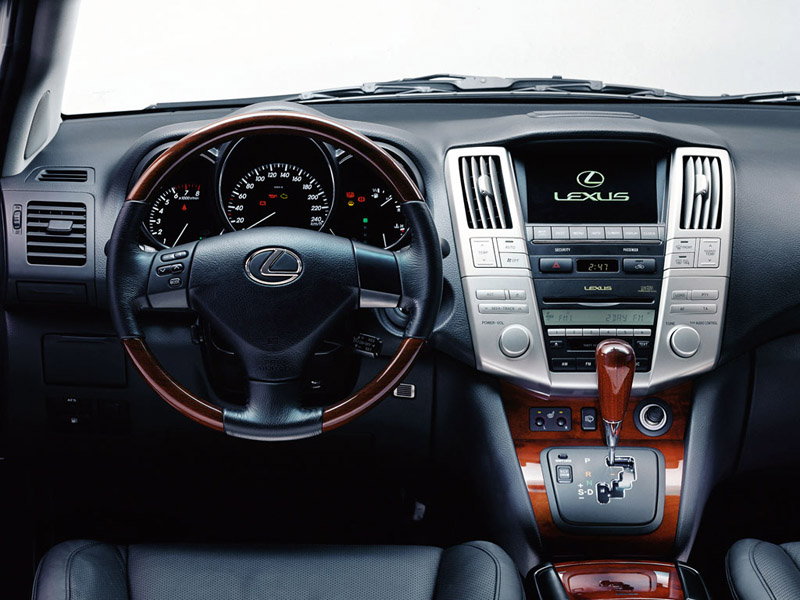
If there is one issue that needs your attention, it is the RX dashboard. Cracks, splits, and chips are a highly reported problem across multiple years of RX, but not limited to sunbelt states. This is an expensive repair, as dealers charge up to $5,000 to replace the entire dash. This single issue calls for close inspection before purchase of any used RX. Also, some mention problematic power windows. Again, that’s common across the industry, but worthy of examination. It is a DIY repair, but requires complete disassemble of the door panel, which is a 2-5 hour job.
Another issue with many brands, is the navigation system. Those that have problems know it is costly to repair, and a huge issue when the HVAC or other systems are controlled by the touch screen. And let’s mention voice command, which nobody does really well, not luxury manufacturers or mass market cars. Even Siri is better than most of the voice recognition systems used. Newer Lexus’ Enform voice recognition is excellent. If voice recognition is important, decide for yourself how well it calls out from your phone book.
Related Discussion and Sites
- Safety Problems and Issues - NHTSA.gov
- Technical Service Bulletins Search - TSBSearch.com
- Recalls Look-Up By VIN - SaferCar.gov
- Lexus RX300 Repair and Maintenance - RepairPal.com
- Lexus RX 350 Model Year Comparison - CarComplaints.com
- RX300 Transmission Problem - ClubLexus.com

